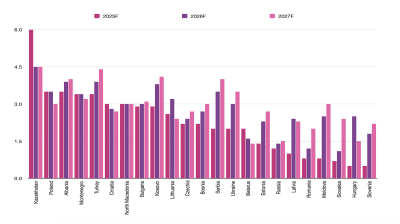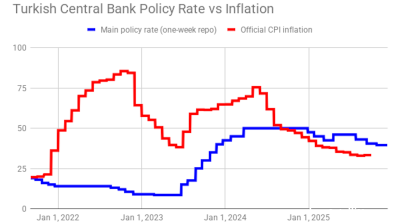Turkey’s earthquake disaster two years on – families still searching for lost children, 650,000 living in container cities

For Turkey, the second anniversary of the devastating earthquakes that struck swathes of the south of the country and parts of Syria on 6 February 2023 was a realisation that for so many moving on from either the second or fourth phases of the five stages of grief (denial, anger, bargaining, depression and acceptance) is still proving impossible to do.
Time can be a great healer, but when dozens of families are still searching for their loved ones, with at least 30 of the missing children, and nearly 650,000 survivors are still living in container cities and camps, finding closure can prove beyond reach.
First to the wretched temporary homes being endured by hundreds of thousands.
The 650,000 figure is given by a report issued by a government agency. It seems that President Recep Tayyip Erdogan’s pledge in the wake of the disaster (and weeks ahead of a general election) to build new housing stock at astonishing speed turned out to be an empty promise, say critics.
The report, by Turkey’s Disaster and Emergency Management Presidency, concluded that 649,632 people still live in container cities and camps.
“As of February 2025, a total of 649,632 people were reported to still be living in container cities,” Turkish daily Birgun on February 6 reported the report as saying.
At least 53,500 people in Turkey were killed and millions were left homeless after twin earthquakes, registering 7.8 and 7.6 on the Richter scale, devastated 11 provinces in south and southeast Turkey. Towards 10,000 lives, or perhaps more, were lost in parts of northern and western Syria.
According to the report, Turkey's Hatay province had the highest number of people still living in container cities. They numbered 218,379 at the last count. In Malatya province, the number was 112,726 and in Adiyaman province, 118,204. In Kahramanmaras province, there were 107,896 people still living in container cities, the report added.

Destruction in Kahramanmaras (Credit: Əziz Kərimov, VOA, public domain).
Erdogan, under fire from the opposition as responsible for the lack of replacement housing, on February 6 said at a ceremony to remember the disaster victims that everyone would get new homes, as promised. “By the end of the year, we will build a total of 453,000 housing units and ensure that not a single citizen is left without a home or workplace,” Erdogan stated.
After the earthquakes, government pledges that 319,000 new homes would be delivered across 11 provinces within a year were given. However, only 201,580 homes have been constructed so far, according to the Ministry of Environment, Urbanisation and Climate Change.
In a blog post on February 6, World Bank Group representatives wrote that the international financial institution “remains a committed partner in Türkiye’s recovery journey. Our focus is on two key areas: reconstructing resilient infrastructure and working with smaller businesses to accelerate economic recovery.”
Still searching
The second annual commemoration of the victims of the tragedy was also a time to remember that there are still dozens of families still searching for loved ones caught in the disaster, with at least 30 of the missing children.
Turkey says that more than 53,500 people lost their lives in the catastrophe, though on the ground there is still notable scepticism over the accuracy of this figure, with fears that the death toll could have been significantly higher.
The BBC on February 6 told the stories of people like Nursen Kisa who arrived at a collapsed building in Antakya an hour after one of the quakes. She stayed at the scene for two weeks hoping for the survival of her nephew, four-year-old Emir. The bodies of his mother, father and 10-year-old brother had already been found by search and rescue teams in the wreckage of the family’s apartment block. But no trace of Emir was found and two years on he is still missing.
"We thought we could find him, or at least a piece of his clothing, some remains, some sort of a trace. But there were none. Neither in the debris nor among the bodies," Kisa was reported as saying.
Since then, Kisa, the BBC recounted, has been on a mission to find her missing nephew. She filed a missing person's report at the local police station—only for the authorities to say three months later that they had no paperwork showing that Emir was missing.
So just how many people remain missing? The answer is frustratingly unclear. By November 2024, Interior Minister Ali Yerlikaya was saying that 75 people thought caught in the quakes were still missing, with 30 of them children. But the main opposition party CHP showed BBC News Turkish a list of 140 missing people, 38 of whom are children.
Features

US denies negotiating with China over Taiwan, as Beijing presses for reunification
Marco Rubio, the US Secretary of State, told reporters that the administration of Donald Trump is not contemplating any agreement that would compromise Taiwan’s status.
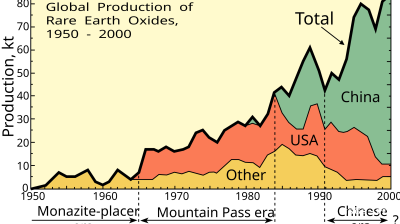
Asian economies weigh their options amid fears of over-reliance on Chinese rare-earths
Just how control over these critical minerals plays out will be a long fought battle lasting decades, and one that will increasingly define Asia’s industrial future.
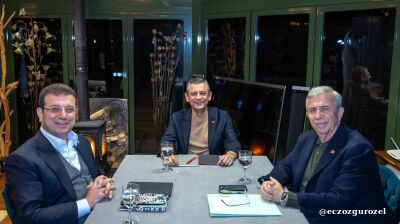
BEYOND THE BOSPORUS: Espionage claims thrown at Imamoglu mean relief at dismissal of CHP court case is short-lived
Wife of Erdogan opponent mocks regime, saying it is also alleged that her husband “set Rome on fire”. Demands investigation.
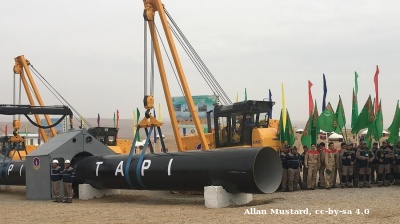
Turkmenistan’s TAPI gas pipeline takes off
Turkmenistan's 1,800km TAPI gas pipeline breaks ground after 30 years with first 14km completed into Afghanistan, aiming to deliver 33bcm annually to Pakistan and India by 2027 despite geopolitical hurdles.

